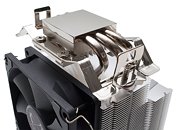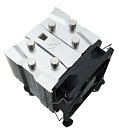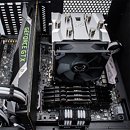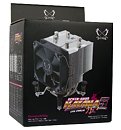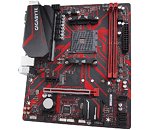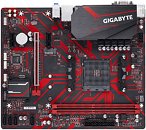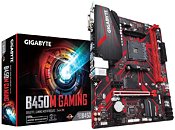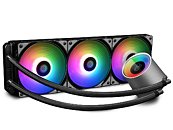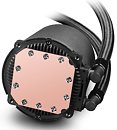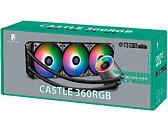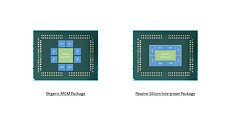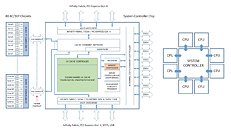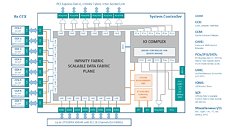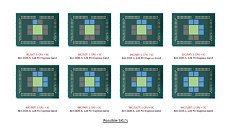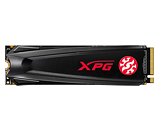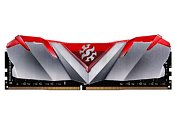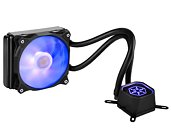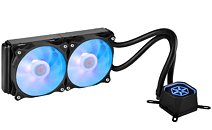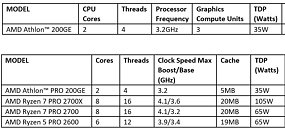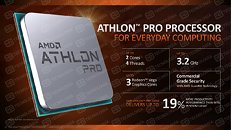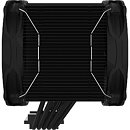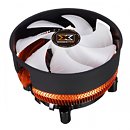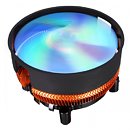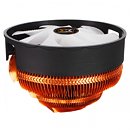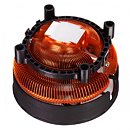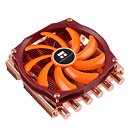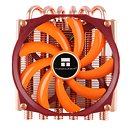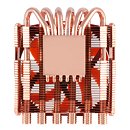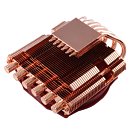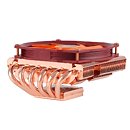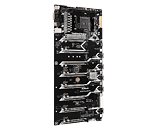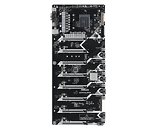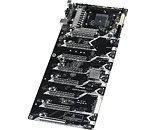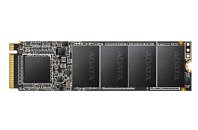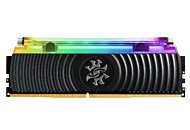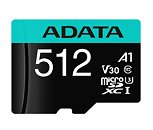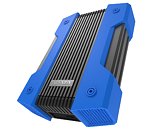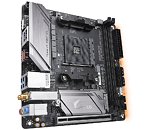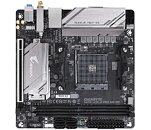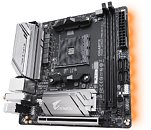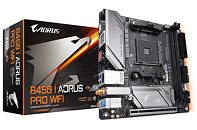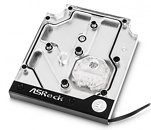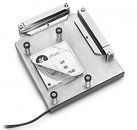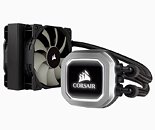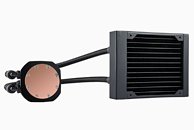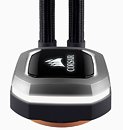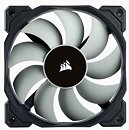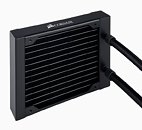
GeIL Launches New Additions to its SUPER LUCE RGB Sync DDR4 Lineup
GeIL - Golden Emperor International Ltd. - one of the world's leading PC components and peripheral manufacturers today announced the new additions to their SUPER LUCE RGB SYNC Series DDR4 memory. The new modules are available in three capacities and speeds: 4133 MHz 16 GB (8 GB x2) CL19-19-19-39 1.40 V, 3600 MHz 16GB (8 GB x2) CL16-18-18-36 1.35 V, and 3200 MHz 16 GB (8 GB x2) CL14-14-14-34 1.35V
The 4133 MHz 16 GB (8 GB x2) CL19-19-19-39 1.40 V DDR4 kits can be the overclocker's new favorite with support for most ASUS, GIGABYTE, MSI and ASROCK Z390 and Z370 motherboards as well as giving enthusiasts the room to push their systems to the limit without exception. The 3600 MHz 16GB (8 GB x2) CL16-18-18-36 1.35 V DDR4 kits meets the memory needs for any gaming system using the latest Intel platforms and is an excellent solution for first time overclockers. The 3200 MHz 16 GB (8GBx2) CL14-14-14-34 1.35 V DDR4 kits are compatible with both Intel and AMD AM4 platforms and feature a low latency design to enhance performance and offer the most affordable upgrade option for users.
The 4133 MHz 16 GB (8 GB x2) CL19-19-19-39 1.40 V DDR4 kits can be the overclocker's new favorite with support for most ASUS, GIGABYTE, MSI and ASROCK Z390 and Z370 motherboards as well as giving enthusiasts the room to push their systems to the limit without exception. The 3600 MHz 16GB (8 GB x2) CL16-18-18-36 1.35 V DDR4 kits meets the memory needs for any gaming system using the latest Intel platforms and is an excellent solution for first time overclockers. The 3200 MHz 16 GB (8GBx2) CL14-14-14-34 1.35 V DDR4 kits are compatible with both Intel and AMD AM4 platforms and feature a low latency design to enhance performance and offer the most affordable upgrade option for users.















